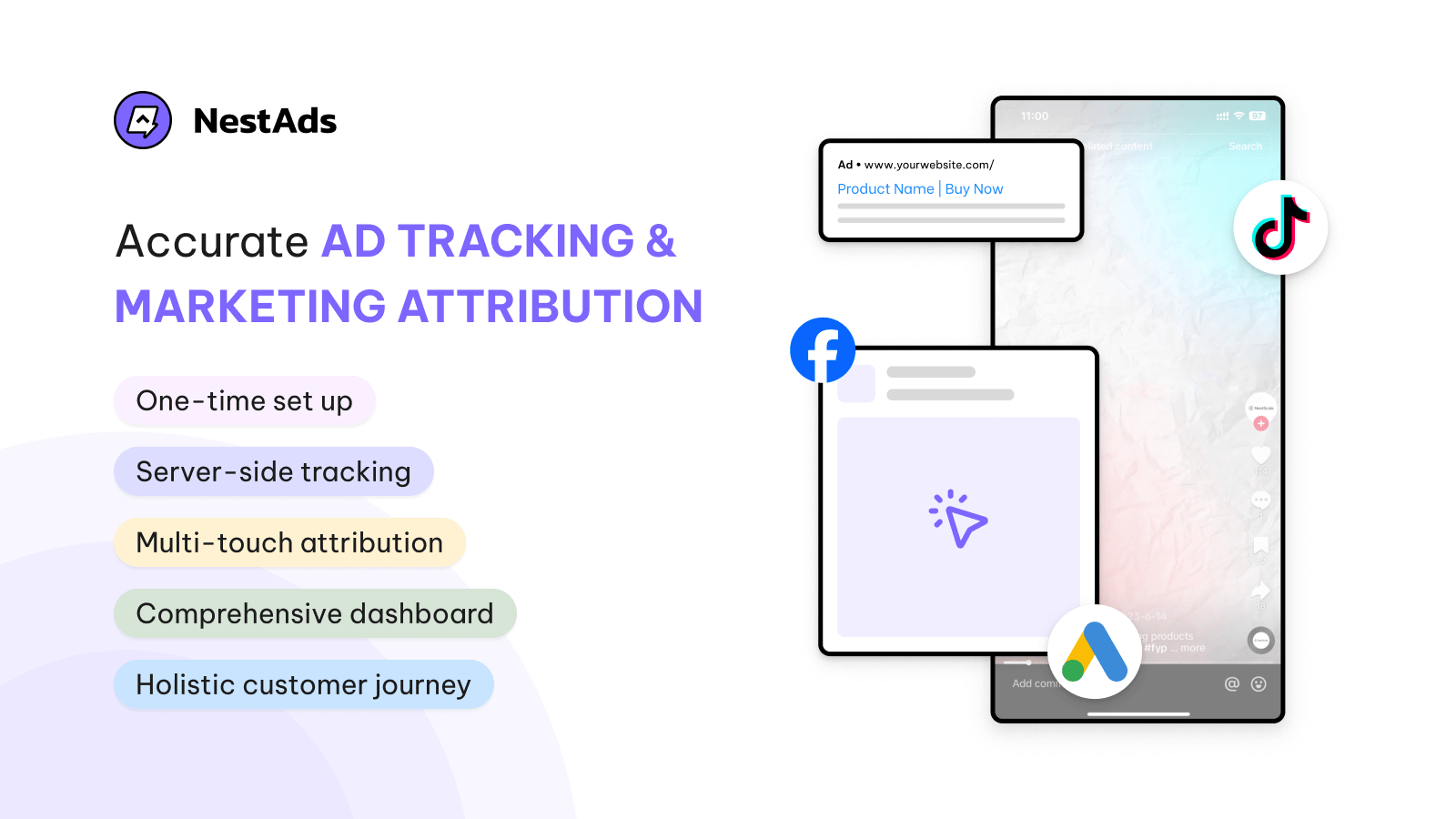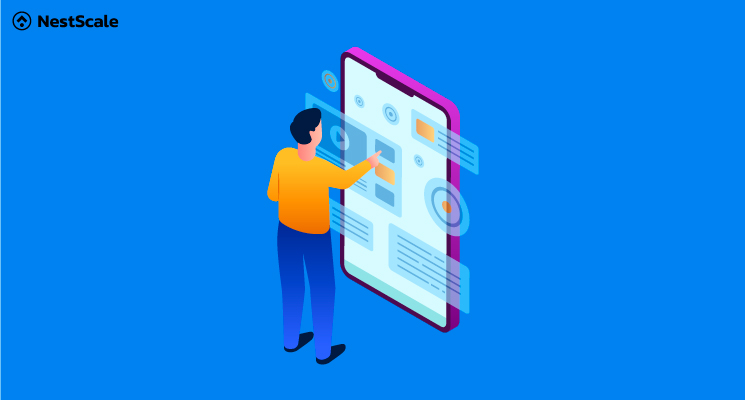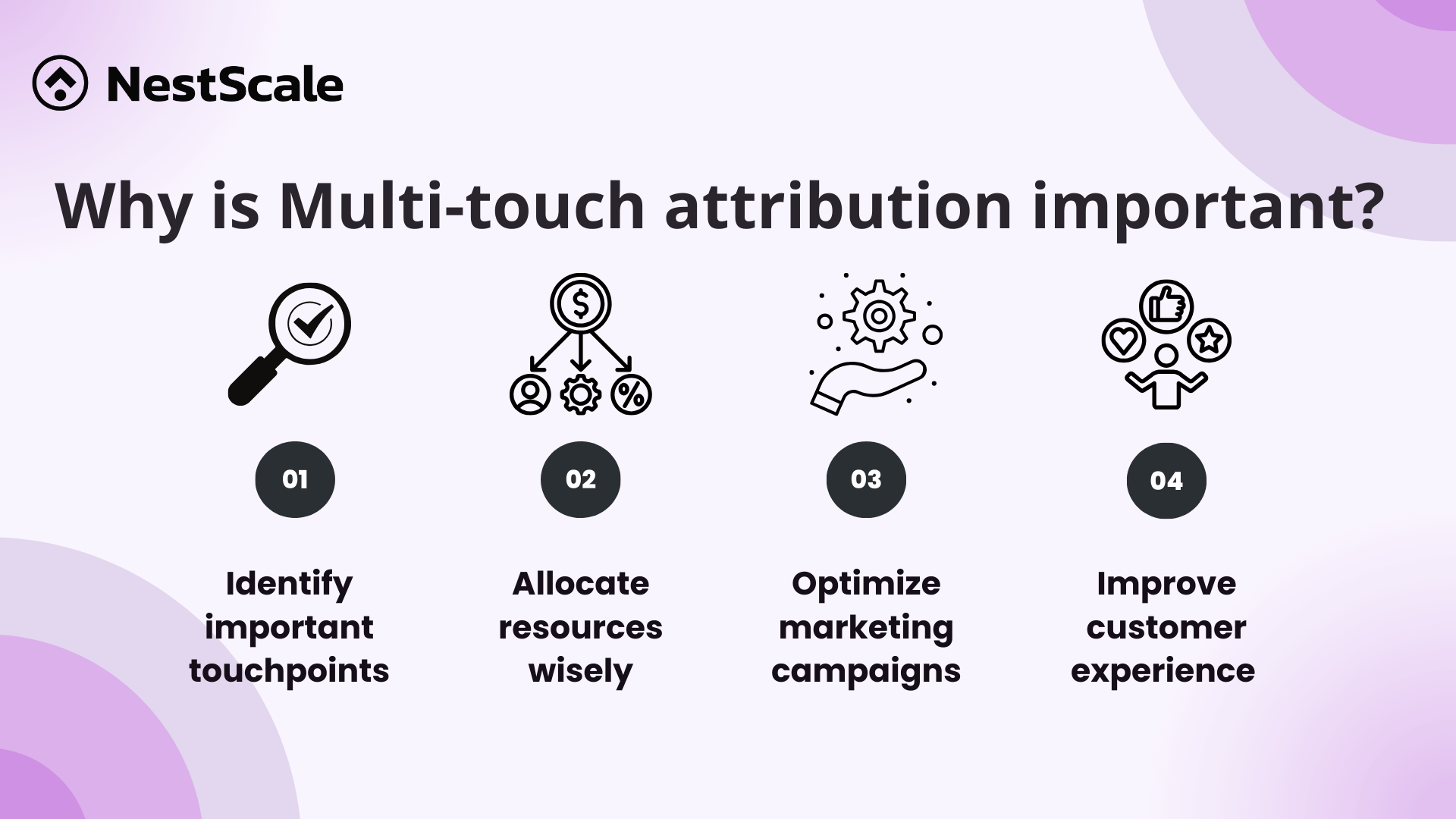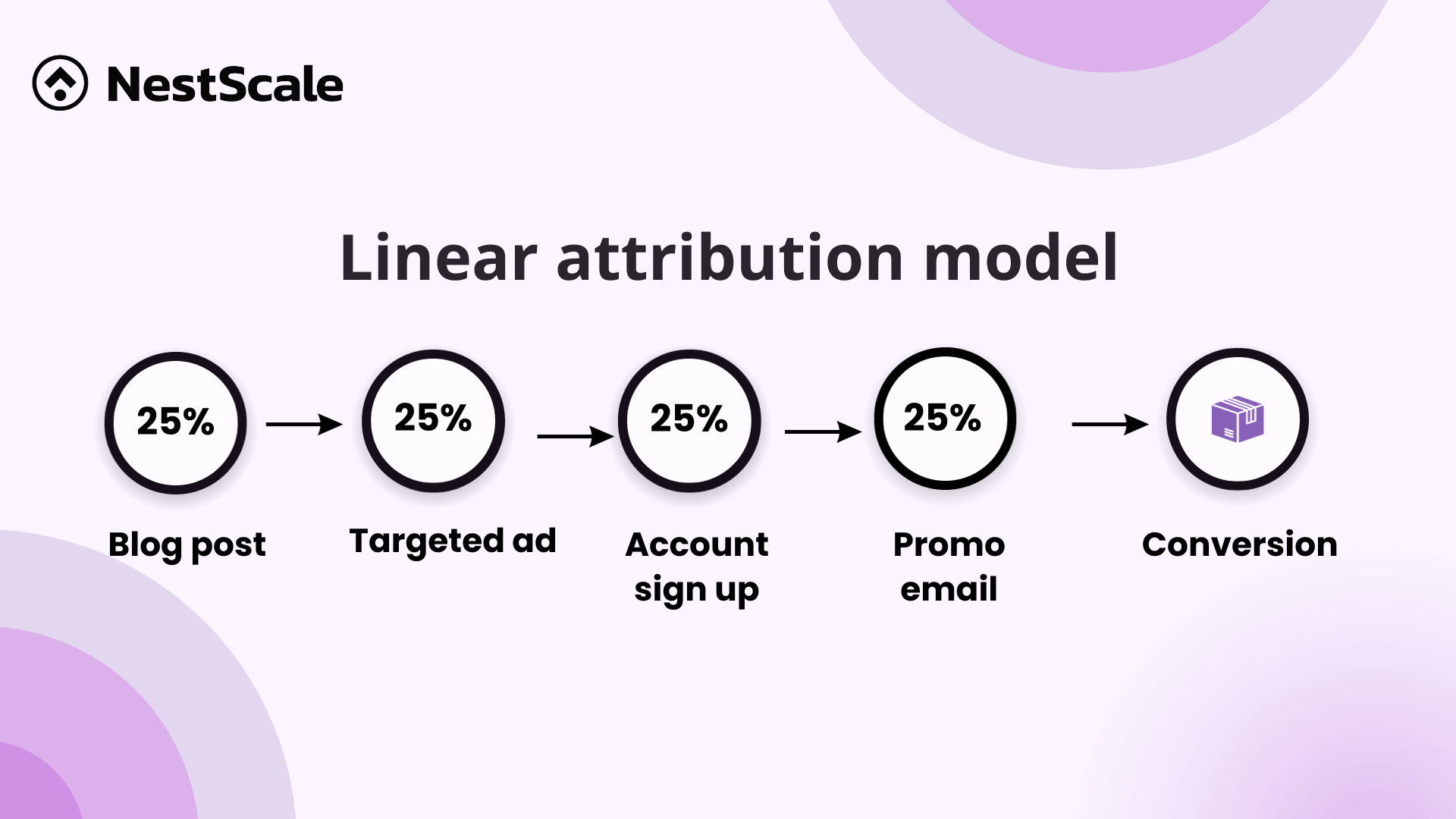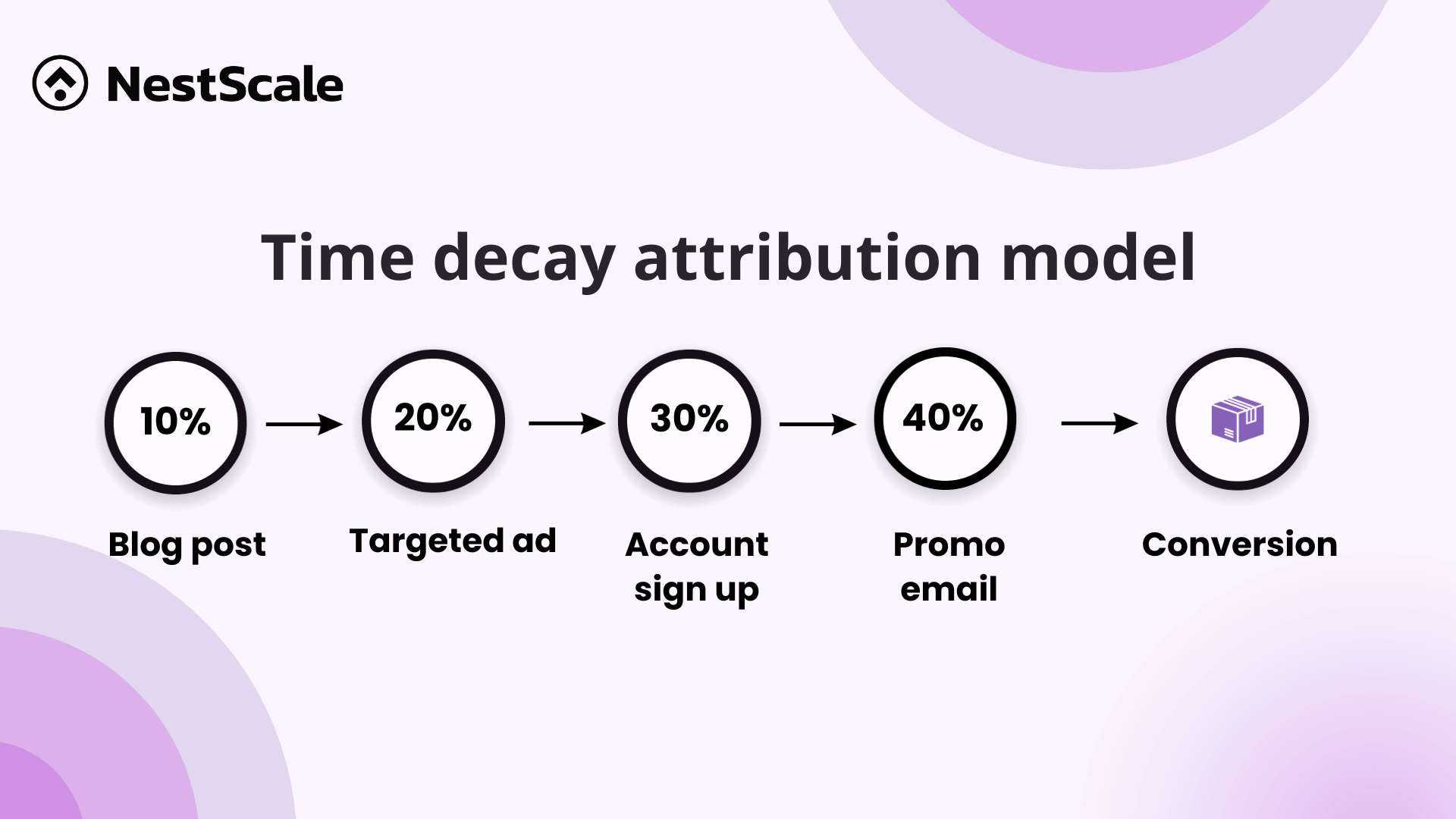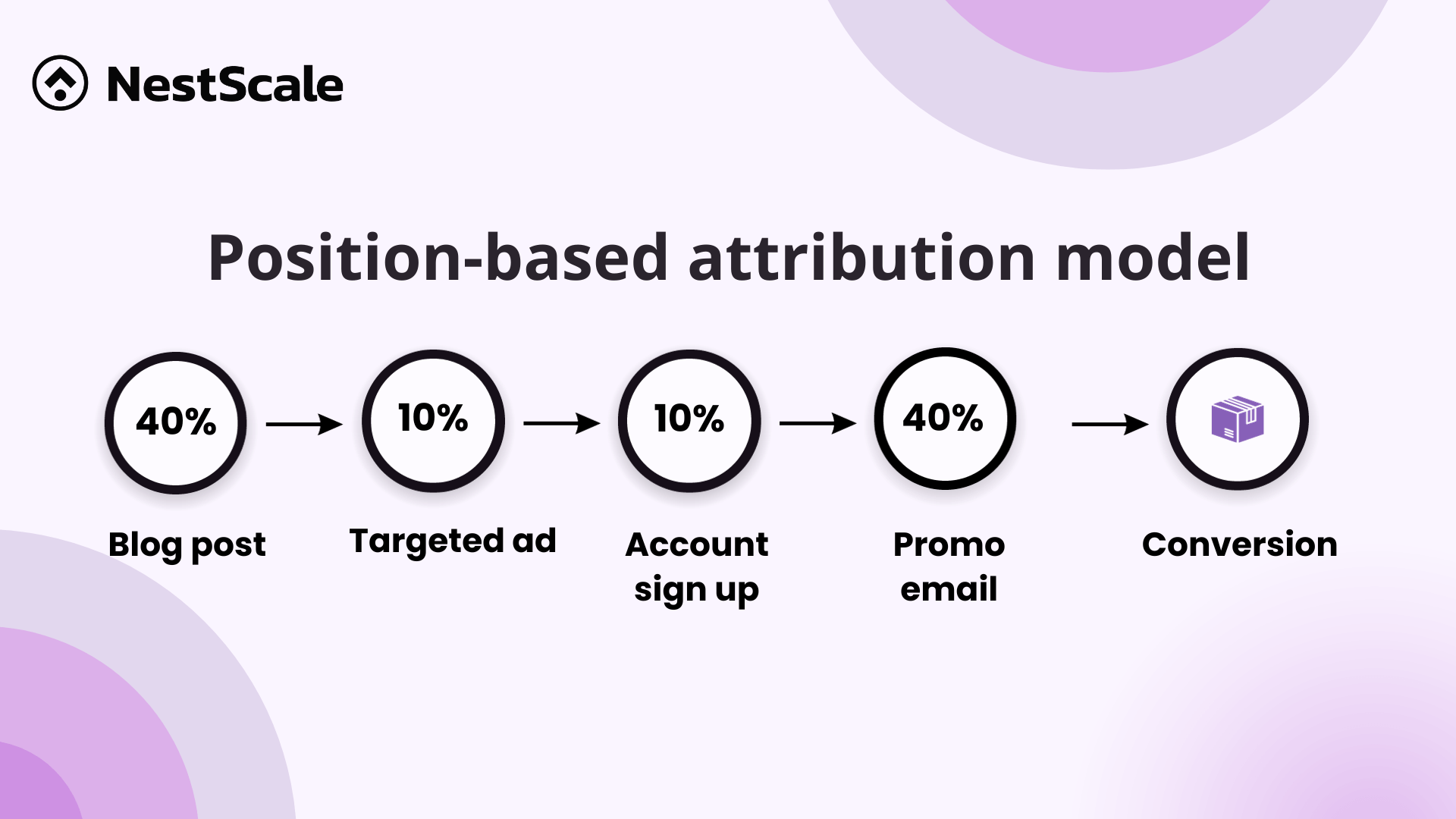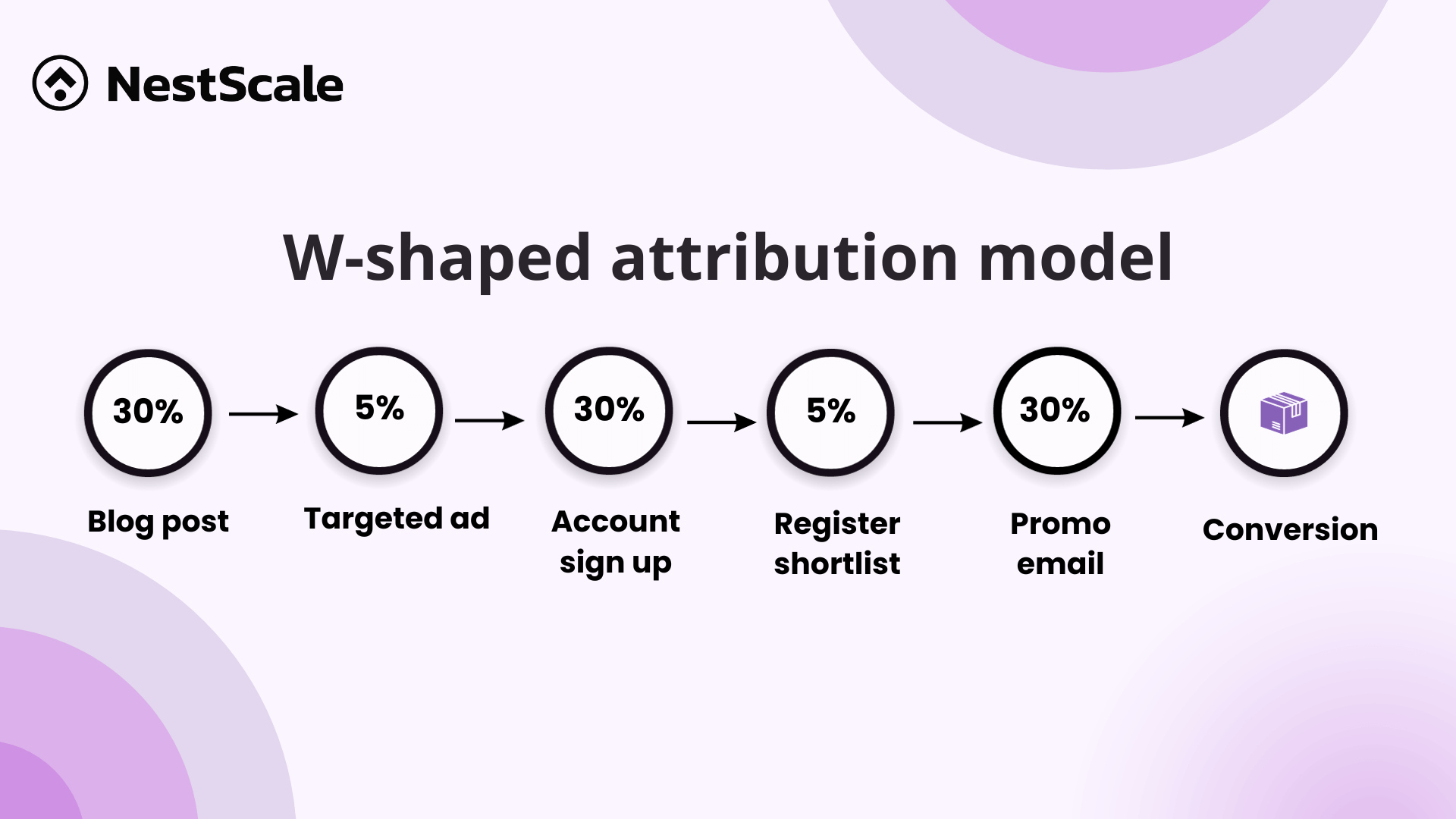In the ever-evolving landscape of digital marketing, understanding the journey your customers take before making a purchase is crucial. This will allow businesses to allocate their marketing resources effectively and optimize their return on investment (ROI). Fortunately, Multi-Touch Attribution is here to provide a comprehensive view of a business’ marketing efforts throughout the customer journey online. In this blog, we’ll dive deeper into the topic of Multi-Touch Attribution.
What is Multi-Touch Attribution?
Multi-touch attribution (MTA) is a digital marketing strategy that’s all about considering all touchpoints in your customer’s journey. It’s like connecting the dots along the way and giving credit to each channel for conversions. This way, you get the full picture of how your customers make their journey to conversion.
To better grasp this concept, let’s dive into a multi-touch attribution example. Imagine a customer who wanted to buy a new pair of headphones. They started by searching for headphones on Google and then clicked on a shopping ad that appeared in the search results. At that point, they weren’t quite ready to make a purchase yet. But then, they saw an ad on Facebook targeting them. The customer clicked on this ad and landed on the store’s webpage. It was at this moment that they finally decided to make the purchase.
All these interactions, whether it was through searching, shopping ads, or Facebook ads, are what we call touchpoints. In the world of multi-touch attribution, all these touchpoints get some credit based on their contribution or the rules you’ve set. This is different from the first-click or last-click attribution model, which only considers the first (The organic search) or last (Facebook ads) touchpoints.
Multi-Touch Attribution VS. Single-Touch Attribution
As you can tell, Multi-Touch Attribution Models can give you a full description of the customer journey. However, there is another approach called single-touch attribution models such as first-click and last-click models. These models generally will emphasize one main touchpoint, and attribute the entire credit to said point.
And while single-touch attribution models lack insights about the customer journey as a whole, some businesses still utilize them, as they are easier to implement and particularly useful in analyzing awareness-level strategies (top-of-funnel) and conversion-level strategies (bottom-of-funnel). Below are the main differences between Single-Touch and Multi-Touch Attribution.
| Single-Touch Attribution | Multi-Touch Attribution | |
| Credit Attribution | – Gives credit to only 1 touchpoint | – Take into account various touchpoints |
Model Types | – First-touch Attribution Model (top-of-funnel)- Last-touch Attribution Model (bottom-of-funnel) | – Linear Attribution Model- Time Decay Attribution Model- U-shaped Attribution Model (also called Position-based)- W-shaped Attribution Model – Full Path Attribution Model – Custom Attribution Model |
| Implementation Barriers | – Easier to implement | – Harder to implement |
| Type of Customer Journey | – Simple, straightforward customer journey | – Longer, more complex customer journey |
In a nutshell, Single-touch models are suitable for businesses with simpler customer journeys or those seeking quick insights. Multi-touch models, on the other hand, are ideal for businesses with complex customer journeys, data-driven decision making, and long sales cycles.
How Multi-Touch Attribution benefit your business?
Customers will experience several points of contact with a business throughout the customer journey. Due to this, brands need to know the most efficient parts to optimize them and increase conversion.
However, analyzing all that data is no easy task. In this case, a multi-touch attribution model will act as a framework to break down the data and turn them into actionable insights. There are a few more reasons why multi-touch attribution is necessary, including:
Identify important touchpoints
Besides ensuring that all touchpoints are included, Multi-touch attribution can also help identify which touchpoints are most effective. It can also provide a clear sight of the customer’s journey, from the initial awareness stage to conversion. Another thing is Multi-touch attribution can tell you the strengths and weaknesses of each channel, and which channel is best for each specific goal.
Allocate resources wisely
After having identified the most influential touchpoints, Multi-touch attribution can help businesses allocate and optimize their budget more effectively. This means that resources will be diverted to the most powerful touchpoints. And as a result, optimize your return on investment (ROI).
Optimize marketing campaigns
With ample data on the touchpoints that generate the most conversions, businesses can adjust their marketing campaigns accordingly to emphasize these high-impact channels. For example, you can create more targeted marketing campaigns, or tailor your key message to better fit the potential customer.
Improve customer experience
Multi-touch attribution provides valuable insights into the customer’s perspective, which helps businesses personalize their campaigns to meet the customers’ needs. Not to mention, this can encourage businesses to deliver more relevant content based on the customer’s journey. This will result in a smoother and more personalized experience. Once a customer is happy with their experience, they will be more likely to spread good words about your brands.
Types of Multi-touch Attribution model
There are various types of Multi-Touch Attribution Models, catering to different business needs and customer journey complexities. As a result, understanding each type is essential to select the most suitable model for your business. Let’s dive deeper into the many types of multi-touch attribution models.
Linear attribution model
What it is
In the linear attribution model, credit is evenly distributed among all the touchpoints encountered by the customer throughout their journey. In this case, businesses can have a balanced view of the entire funnel.
When to use
This type of attribution model is ideal when you want to give equal importance to all touchpoints. It’s valuable for understanding the overall impact of your marketing mix.
Example
A customer intends to get a new pair of headphones and goes online to look at his options. He stumbles upon a blog post comparing different brands of headphones by brand A. After reading that blog post, he then sees brand A’s headphones ad on Facebook. Intrigued, he goes on brand A’s website and signs up for a new account to receive email marketing. He finally decided to purchase brand A’s headphones after receiving a 10% promotional discount via email.
Applying the linear multi-touch attribution model, all 4 touchpoints including blog post, targeted ad, account sign-up, and promo email will get equal credit (25%) for the final purchase.
Time decay attribution model
What it is
Along the customer journey, there are various touchpoints that a customer encounters. However, as time goes on, the influence of the earlier touchpoint might gradually wear off. Due to this notion, the Time decay attribution model allocates more credit to the touchpoints closer to the conversion stage and less to those at the beginning of the customer journey.
When to use
This model is suitable when you want to account for the changing significance of touchpoints as the customers progress through their journey.
Example
Here, we will use the same example from linear multi-touch attribution. With the time decay multi-touch attribution model, the earlier touchpoints such as blog posts and targeted ads will get less credit (10% and 20%). In contrast, the touchpoints closer to conversion, such as account sign-up and promo email will get more credit (30% and 40%). In this case, we can assume that the 10% discount promotional email is the main driver of brand A’s headphones sales.
Position-based (U-shaped) attribution model
What it is
Position-based attribution model (U-shaped) allocates credit to both the first and last touchpoints, with the remaining credit evenly distributed among the interactions in the middle. This model emphasizes the importance of both awareness and closing stages of the customer journey.
When to use
This model is particularly useful in cases where your business wants to recognize the significance of both initial customer engagement and conversion-generated interactions.
Example
We’re still looking at the same example of brand A’s headphones marketing activities. When we apply the position-based attribution model, the first and last touch points, a.k.a the blog post and promo email, will get the most credit (40%). The remaining 20% of the credit will be equally divided between targeted ads and account sign-up. In this case, we can assume that the main drivers of headphones sales are the headphones comparison blog post and the 10% discount promotional email.
W-shaped attribution model
What it is
The W-shaped attribution model assigns credit to the first, middle, and last touchpoints of the customer journey. Similar to the position-based attribution model, this model also places the majority of credit on the initial and last interactions. The main difference is it will also stress the importance of the lead creation point (where a customer becomes serious about buying your product by signing up for an account or leaving their email address).
When to use
This model would be most suitable for businesses with a complex, but clear customer journey, which makes it easy to identify lead creation points.
Example
Still the same example as brand A’s headphones, but here, there is an extra step to the buying process. Since it’s a hot item, the headphones are running low in stock, and customers must register on a shortlist to pre-order the item. Once the headphones are available, registered customers will receive the 10% discount promo email to motivate purchase.
When applying the W-shaped attribution model, the first, middle, and last touch points, a.k.a the blog post, account sign-up, and promo email will be given the most credit (30%). The rest of the interactions, including targeted ads and shortlist register, will almost not be considered (5% of credit). Here, we can assume that the main drivers of headphone sales are the initial blog post, account sign-up, and discount offer promo email.
Data-driven attribution model
What it is
True to its name, Data-driven attribution model is based on the available data and tailored to your business’s unique requirements. You get to decide which touchpoints deserve the credit based on your data and insights. However, manually figuring out the perfect credit distribution rate for each touchpoint can be pretty tricky. That’s why most businesses use this model within a tool that supports machine learning and has an algorithm to do the calculations.
When to use
This model may be the best fit for businesses with complicated customer journeys, while also having sufficient data and resources to determine which touchpoints hold the most significance.
Example
Brand A comes out with a new line of headphones, each with a unique design targeted at different groups of teenagers. To announce the release of this new collection, brand A has launched several social media posts. They have also included several CTA to increase website product page visits.
In this case, we should adopt a different approach to data analysis to get more accurate results, so a custom attribution model is an answer. The majority of credit will be given to website product page visits, social media posts, and promotional emails, followed by account sign-up.
Pro tips to implement Multi-Touch Attribution
You may wonder how to get started with multi-touch attribution in your marketing activities. Let us share with you some tips on how to successfully execute your chosen attribution model.
Integrate cross-channel data
Multi-touch attribution is most effective when you have access to comprehensive, cross-channel data. Integrating data from various sources—such as paid media, email marketing, organic search, and social platforms—into one centralized system. Thus, you can track your sales conversion across channels and have a holistic view of customer behavior.
You can track your data from these channels using three main methods:
- Event Snippet: Think of an event snippet as a piece of code that monitors user actions on your website, like logging in or exploring products. You can create one by building a custom widget, adding schema markup to your HTML code, or including a piece of JSON code.
- UTMs: UTMs are those bits you see at the end of URLs. They help you figure out where your customers are coming from, including the campaign, campaign name, or source.
- APIs: The integrations you have with your CRM and advertising vendors who use their unique methods to identify your customers.
To facilitate your tracking process, you might need a robust tool, such as NestAds. Some in-platform and third-party tools could not deal with ad blockers, short-lived cookies, or iOS 14+ impact. However, you can forget all those tracking problems as NestAds has a unique pixel to track first-party purchasing data and deliver it to your marketing channels. Moreover, The data gathered through NestAds is directly used to produce insights within the dashboard. This not only simplifies your process but also enhances data security by limiting exposure to external systems.
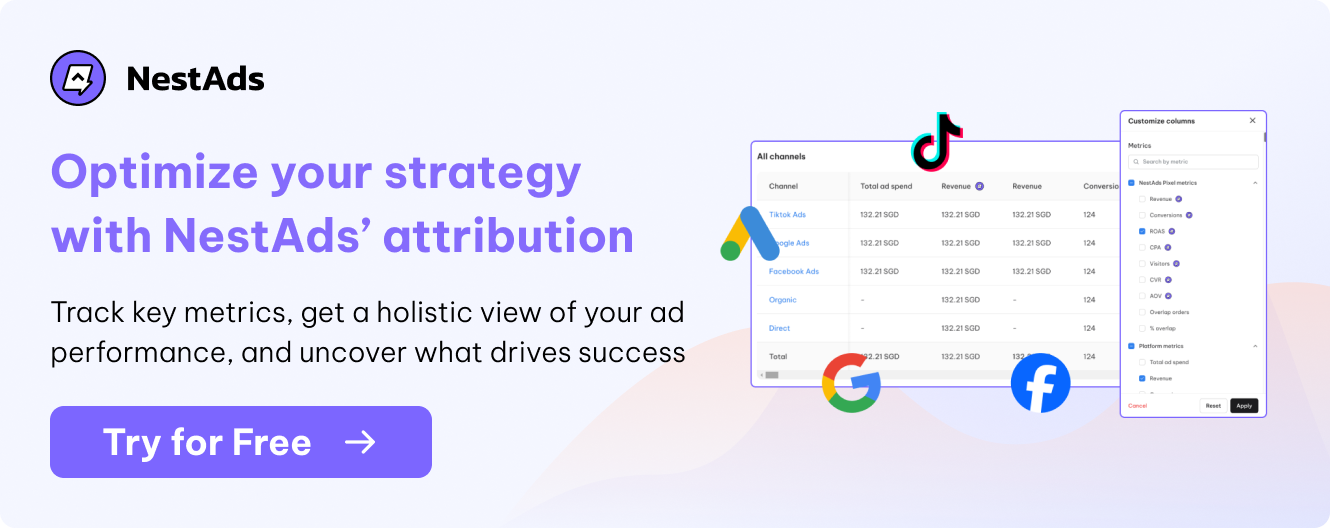
Visualize and analyze your data
Now that you’ve gathered data from all your marketing channels, it’s time to use that data to create a report. This report will show you how each marketing channel is doing, what your customer conversion path looks like, and which touchpoints deserve more attention. This step is crucial because doing it right will give you valuable insights to make smarter, data-driven business decisions.
Monitor and adjust regularly
Attribution never is a set-it-and-forget-it strategy. Regular analysis of your attribution data is essential to get accurate insights and make informed decisions. Trends in customer behavior can shift over time, and new marketing channels or campaigns may be introduced.
As such, it’s important to revisit your attribution model periodically and refine it to reflect any changes in the market or the customer journey. Look for signals or patterns that may indicate where certain touchpoints are underperforming or overperforming, and adjust your campaigns accordingly.djust their attribution models and strategies based on the insights gained.
Make your multi-touch attribution journey easier
You can totally do the multi-touch attribution reporting by yourself, but it will require lots of technical expertise and your team’s report. Because of this, it is easier to use multi-touch attribution software or platforms. These tools are designed to help you unify all data from multiple advertising platforms into one complete dashboard, making the process way more efficient and less prone to human error.
Consider checking out NestAds – our ad tracking and marketing attribution software designed for e-commerce businesses. With NestAds, you’ll get a clear, straightforward view of your ad campaign performance and customer journey insights. It’s a great choice if you’re looking for a fresh solution to your attribution reporting needs.
